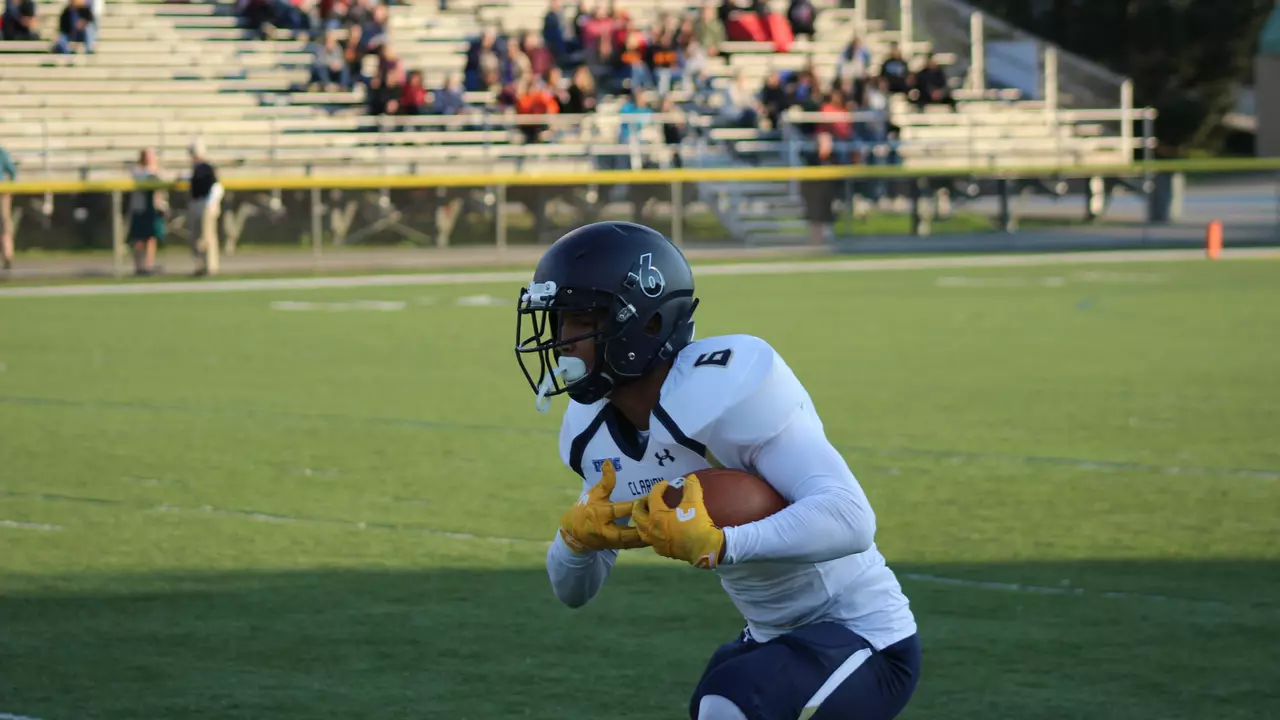Discovering the Truth: Do Soccer Players Wear Cups?
Ever seen a soccer player take a quick stop in the middle of a game to adjust an unseen piece of gear? It often causes people to wonder: are they wearing a cup? This is a prevalent question in numerous circles and honestly, it's slightly more complicated than a simple yes or no. Buckle up as we delve into this surprisingly loaded inquiry!
The History and Purpose of the Cup
Cups were initially introduced in sports as a form of protective gear primarily used in contact sports like football, hockey, and mixed martial arts. Essentially, it is a hard shell that keeps the sensitive areas protected from possible harm during a game. When you think about it, it's quite the innovation. A long history exists behind cups, tracing back to ancient civilization’s utilization of rudimentary protective gear. And guess what? They didn’t exactly have high-density plastics back then, so you can imagine what a copper or stone cup might have been like. Not the most comfortable thought, right? But, thank heavens for today's modern materials which render modern cups lightweight yet sturdy, ensuring maximum protection without any unnecessary discomfort.
Understanding Soccer: Is it a Contact Sport?
At first glance, soccer might not seem like a contact sport, considering the distance covered and the fact that most of the action involves footwork. However, that would be a gross misunderstanding of the game. Any soccer devotee will tell you that there can be plenty of contact, especially when players vie for ball control. Slide tackles, elbowing, and even some knees can sometimes be a part of the game, none of which are especially comfortable experiences. But, here's a fun fact for you, despite all these potential touch-points and the risk of taking an unexpected hit, the usage of cups in soccer isn't as common as you would think!
The Comfort Quandary: To Wear or Not to Wear?
Ah, the age-old question: to wear a cup, or not to wear a cup? Given the nature of soccer involving vigorous running, a cup might add an element of discomfort. The constant motion of sprinting, tackling, and striking can potentially shift the cup, leading to interruptions in game flow to adjust it. Now imagine trying to slap a penalty kick while also dealing with a misaligned cup! It's enough to add a whole layer of comedy to a tense situation. Humor aside, it comes down to the age-old balancing act in sports: comfort versus protection.
A Personally-Charged Tale: My Childhood Encounter with the Cup Dilemma
When the time is ripe, we often stumble upon a pertinent personal story to share. Here's mine. Once upon a time, being the goalie in our neighborhood soccer games, I wore a cup. I, Aiden, was the protector with the responsibility of safeguarding our improvised goalpost—a couple of ragged tin cans. Now, being a goalie, I was, by definition, the 'touch point' everyone aimed for. Hence, a cup was a sensible choice. Unfortunately, comfort was a foreign concept to the pre-historic version we played with. It was bulky and cumbersome, and let's say, ran a bit 'hot,' resulting in a literal sticky situation, which isn't fun, trust me! But again, it did save me from the numerous misplaced kicks that found their mark. Safe to say, the conflicted feeling of discomfort merged with a sense of ultimate protection sums up the 'cup' cup of life for soccer.
Professional Take: What the Big Leagues Say?
So, what about the big leagues? Do professional soccer players wear cups? In most cases, the answer is no. You would think that the rough-and-tumble world of professional soccer would mandate extra protection, but it seems that comfort and freedom of movement outweigh the potential for injury. Fascinating, isn't it? It is interesting to note that despite the visibility and accessibility of protection, professional footballers tend to rely on their technique and skill to avoid injury instead of additional gear. Now there's some food for thought!
Quick Tips: Navigating the Cup Conundrum
If you're a budding soccer player grappling with the 'cup' dilemma, here are some nuggets of wisdom to help you out. First, if you're a goalkeeper, you might want to consider wearing one; given you're the target of ferocious shots. Second, try on a few models to find the perfect fit. A comfortable cup is more likely to offer both protection and comfort, holding up to rigorous movement without causing discomfort. And lastly, remember, it's your choice. The final decision should ultimately lie on what you find more comfortable and effective. To cup or not to cup, that's the question, my friend!
